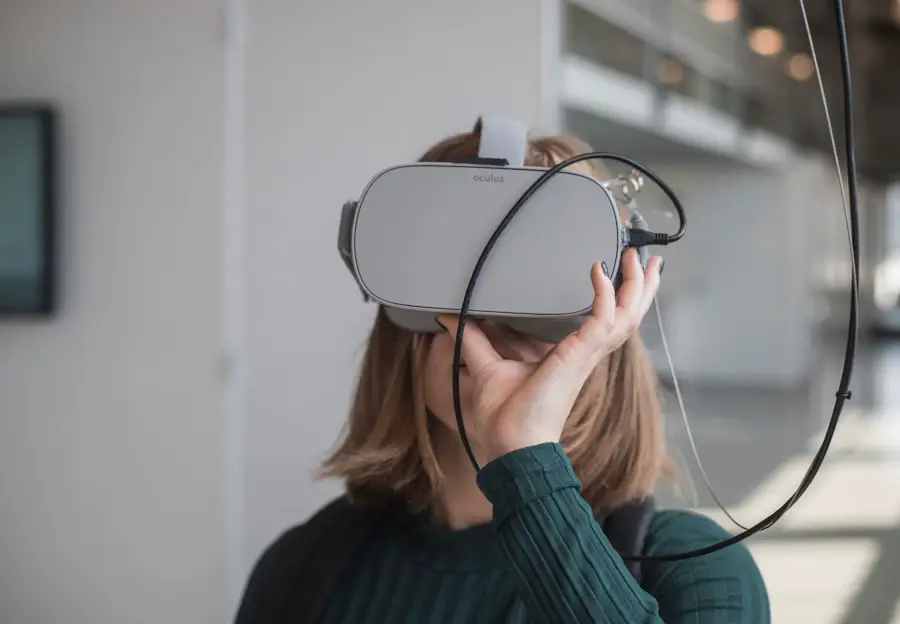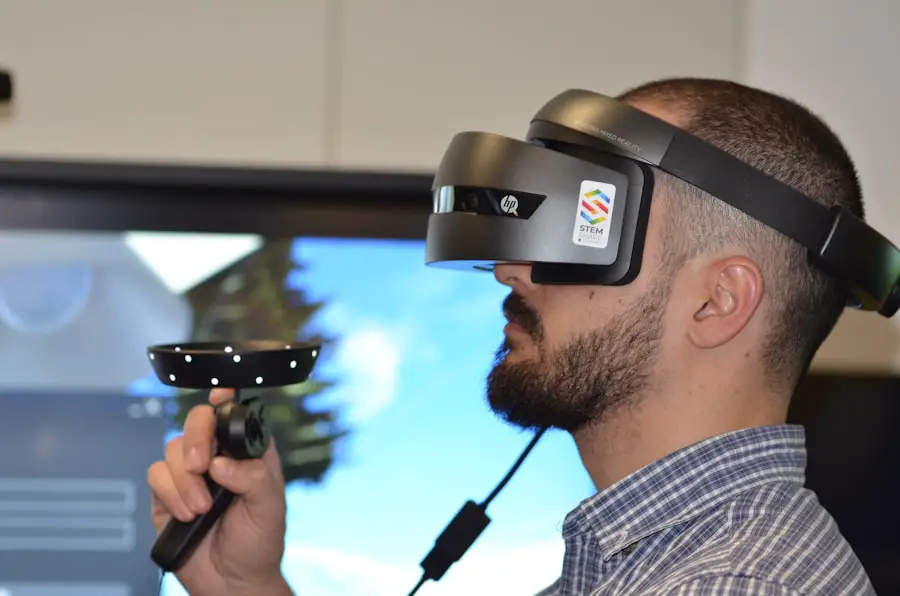In the contemporary landscape, technology serves as a formidable force in bridging geographical divides and fostering connections among individuals across the globe. The advent of the internet has revolutionized communication, enabling instantaneous interactions that were once deemed impossible. With just a few clicks, people can engage in conversations with others from different continents, share experiences, and collaborate on projects that transcend cultural and linguistic barriers.
This unprecedented level of connectivity has not only transformed personal relationships but has also reshaped business practices, educational opportunities, and cultural exchanges. Moreover, technology has democratized access to information and resources, allowing individuals from diverse backgrounds to participate in global dialogues. Social media platforms, for instance, have emerged as powerful tools for advocacy and awareness, enabling users to mobilize around social issues and share their narratives with a worldwide audience.
The ability to connect with others who share similar interests or challenges fosters a sense of community that transcends physical boundaries. As a result, technology is not merely a facilitator of communication; it is a catalyst for understanding and collaboration in an increasingly interconnected world.
Key Takeaways
- Technology has the power to connect people from all over the world, breaking down geographical barriers.
- Virtual tours allow individuals to explore famous landmarks and destinations from the comfort of their own homes.
- Online resources provide opportunities to learn about different cultures, traditions, and customs.
- Social media platforms enable individuals to connect with people from diverse backgrounds and countries.
- Online cooking classes offer the chance to explore and learn about global cuisine from expert chefs.
Virtual Tours: Exploring Famous Landmarks from Home
Virtual tours have emerged as a remarkable innovation that allows individuals to explore iconic landmarks and cultural sites without leaving their homes. Through high-definition video, 360-degree photography, and interactive elements, virtual tours provide an immersive experience that can rival physical visits. For instance, the Louvre Museum in Paris offers virtual tours that allow art enthusiasts to wander through its vast galleries, marveling at masterpieces like the Mona Lisa and the Venus de Milo.
This accessibility opens up opportunities for those who may not have the means or ability to travel, ensuring that cultural heritage is preserved and shared with a broader audience. In addition to museums, many historical sites and natural wonders have embraced virtual technology to enhance public engagement. The Great Wall of China, for example, can be explored through virtual reality experiences that simulate walking along its ancient stones.
Such initiatives not only promote tourism but also educate viewers about the significance of these landmarks. By providing context and historical background, virtual tours foster a deeper appreciation for global heritage and encourage individuals to learn more about the cultures that shaped these remarkable sites.
Learning About Different Cultures Through Online Resources

The internet is a treasure trove of resources for those eager to learn about different cultures. From online courses to documentaries and podcasts, individuals can immerse themselves in the traditions, languages, and histories of various societies. Websites like Coursera and edX offer courses taught by university professors on topics ranging from Japanese tea ceremonies to African drum music.
These platforms enable learners to engage with content at their own pace while gaining insights from experts in the field. Additionally, platforms such as YouTube host countless channels dedicated to cultural exploration. Creators share their experiences living in different countries, showcasing local customs, cuisine, and festivals.
For example, channels like “Kara and Nate” document their travels around the world, providing viewers with a firsthand look at diverse cultures. This kind of content not only entertains but also educates audiences about the nuances of cultural practices, fostering empathy and understanding among viewers who may have limited exposure to these experiences.
Connecting with People from Around the World Through Social Media
| Platform | Number of Users (in millions) | Percentage of Global Users |
|---|---|---|
| 2,740 | 35.7% | |
| 1,221 | 15.9% | |
| 330 | 4.3% | |
| 774 | 10.1% |
Social media has transformed the way individuals connect with one another, creating a global village where people can share their lives, ideas, and passions. Platforms like Facebook, Instagram, Twitter, and TikTok allow users to interact with others from different backgrounds and cultures in real-time. This connectivity has led to the formation of online communities centered around shared interests, whether they be hobbies, activism, or professional pursuits.
For instance, artists can showcase their work to an international audience, while activists can rally support for causes that resonate across borders. Furthermore, social media serves as a platform for cultural exchange and dialogue. Users can share their traditions through posts and videos, inviting others to learn about their customs and practices.
Hashtags like #CulturalExchange or #GlobalCommunity encourage users to explore content from around the world, fostering a sense of curiosity and appreciation for diversity. This interaction not only enriches individual perspectives but also cultivates a collective understanding of global issues, as people engage in discussions that transcend national boundaries.
Exploring Global Cuisine Through Online Cooking Classes
The culinary arts have long been a gateway to understanding different cultures, and online cooking classes have made it easier than ever to explore global cuisine from home. Platforms such as MasterClass and Skillshare offer courses taught by renowned chefs who share their expertise in various culinary traditions. Participants can learn how to prepare authentic dishes from Italy, Thailand, Mexico, and beyond while gaining insights into the cultural significance of each meal.
These classes often include interactive elements that allow participants to ask questions and receive feedback in real-time. For example, a cooking class focused on Indian cuisine might delve into the history of spices used in traditional dishes while guiding participants through the preparation of a classic curry. This hands-on approach not only enhances culinary skills but also fosters an appreciation for the cultural narratives embedded in food.
As individuals recreate these dishes in their kitchens, they engage with the stories and traditions that shape culinary practices around the world.
Virtual Language Exchanges: Connecting with Speakers of Different Languages

Language is a powerful tool for connection, and virtual language exchanges have gained popularity as a means of fostering cross-cultural communication. Platforms like Tandem and HelloTalk connect language learners with native speakers around the world, allowing them to practice conversational skills while sharing insights about their respective cultures. These exchanges often take place through video calls or chat messages, creating an immersive environment where learners can gain confidence in their language abilities.
For instance, a Spanish speaker looking to improve their English might connect with an English speaker interested in learning Spanish. Through casual conversations about daily life or cultural topics, both participants benefit from the exchange while building friendships that span continents. This reciprocal learning experience not only enhances language proficiency but also deepens cultural understanding as participants navigate idiomatic expressions and cultural references unique to each language.
Online Cultural Workshops and Events: Embracing Diversity from Home
The rise of online cultural workshops and events has provided individuals with opportunities to engage with diverse traditions without geographical constraints. Organizations around the world have adapted their programming to virtual formats, offering workshops on everything from traditional dance forms to craft-making techniques. For example, a workshop on African drumming might include live demonstrations by skilled musicians who guide participants through rhythm exercises while sharing the cultural significance of the art form.
These events often attract participants from various backgrounds who come together to learn and celebrate diversity. By engaging in hands-on activities or discussions led by cultural experts, individuals gain insights into practices that may be unfamiliar to them. This immersive approach fosters respect for different cultures while encouraging participants to reflect on their own identities within a global context.
The Future of Global Exploration: Virtual Reality and Beyond
As technology continues to evolve, the future of global exploration promises even more immersive experiences through advancements like virtual reality (VR). VR technology allows users to step into lifelike simulations of different environments, providing an unparalleled sense of presence that traditional media cannot replicate. Imagine donning a VR headset and finding yourself walking through the bustling streets of Tokyo or standing atop Machu Picchu—all from your living room.
Beyond mere sightseeing, VR has the potential to facilitate deeper cultural interactions by incorporating elements such as guided tours led by local experts or interactive storytelling experiences that immerse users in local traditions. Educational institutions are already exploring VR as a tool for teaching history and culture, allowing students to experience historical events or cultural practices firsthand. As this technology becomes more accessible and affordable, it could revolutionize how we explore the world and connect with its diverse inhabitants.
In conclusion, technology has fundamentally transformed our ability to connect with one another across distances and cultures. From virtual tours that bring landmarks into our homes to online resources that educate us about different traditions, we are living in an era where exploration knows no bounds. As we embrace these innovations, we open ourselves up to a richer understanding of our global community—one that celebrates diversity while fostering connections that transcend borders.
If you’re looking for items that can travel the world while staying in a corner, you might want to check out this article on the 5 Must-Have Portable Camping Stoves for Your Spring 2025 Adventures. These compact stoves are perfect for outdoor enthusiasts who want to enjoy a hot meal no matter where they are. Another great travel essential is a double stroller, which you can read about in this article on the Best Double Stroller for Travel. And don’t forget to pack a pair of waterproof sneakers for your adventures, as highlighted in this article on the
